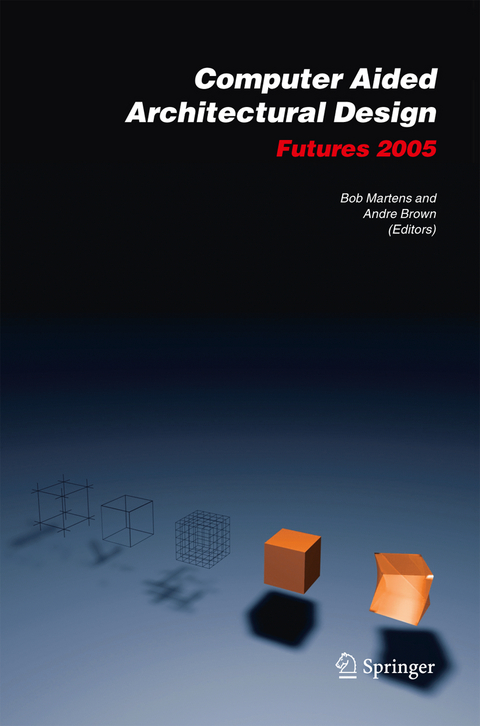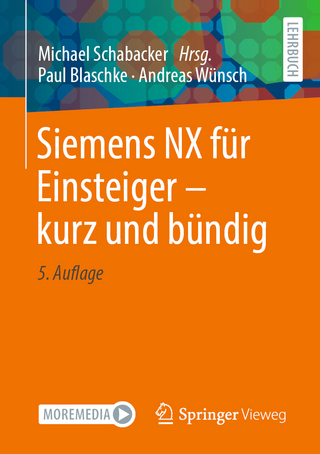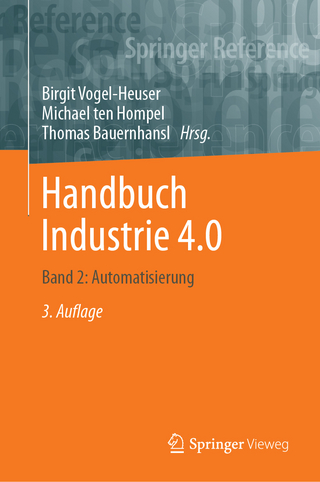
Computer Aided Architectural Design Futures 2005
Springer (Verlag)
978-90-481-6872-9 (ISBN)
Keynote Papers.- Digitally Sponsored Convergence of Design Education, Research and Practice.- Space, Time, Mind.- Constructing Complexity.- Virtual Heritage, Reconstruction and Histories.- Labyrinthine Digital Histories.- A 3D Model of the Inner City of Beijing.- A Method Proposed for Adoption of Digital Technology in Architectural Heritage Documentation.- From Architectural Intent to Physical Model.- Interactive Visualization of Large-Scale Architectural Models over the Grid.- Digital Design, Representation and Visualization.- Townscaping: Development of Dynamic Virtual City Augmented 3D Sketch Design Tools.- Towards a Virtual Reality Tool for Lighting.- A Visual Landscape Assessment Approach for High-density Urban Development.- Architectural Cinematographer: An Initial Approach to Experiential Design in Virtual Worlds.- Virtual Environments in Design and Evaluation.- Do We Need CAD during Conceptual Design?.- Contemporary Digital Techniques in the Early Stages of Design.- Optimizing Architectural Layout Design via Mixed Integer Programming.- Design Methods, Process and Creativity.- Examining Learning in Multiple Settings.- Using Historical Know-how to Model Design References.- Semantic Roomobjects for Conceptual Design Support.- Shared Design Space.- Knowledge Based Design and Generative Systems.- Generation of Apparently Irregular Truss Structures.- Dynamic Designs of 3D Virtual Worlds Using Generative Design Agents.- Using Cellular Automata to Generate High-Density Building Form.- Dynamic Generative Modelling System for Urban and Regional Design.- Turning the Design Process Downside-up.- Human-machine Interaction: Connecting the Physical and the Virtual.- iSphere.- Learning Design with Digital Sketching.- Simulating Human Behaviour in Built Environments.- Resolvingsome Ambiguities in Real-time Design Drawing Recognition by means of a Decision Tree for Agents.- Sketching with Digital Pen and Paper.- Mindstage: Towards a Functional Virtual Architecture.- Advanced Ubiquitous Media for Interactive Space.- Hands Free.- Responsive Sensate Environments: Past and Future Directions.- Form and Fabric: Computer Integrated Construction and Manufacturing.- The Redefinition of Ornament.- Wood Frame Grammar.- Transformations on Parametric Design Models.- Building Information Modelling and Construction Management.- Spatial Reasoning for Building Model Reconstruction Based on Sensed Object Location Information.- Construction Analysis during the Design Process.- A Software Architecture for Self-updating Life-cycle Building Models.- Multidisciplinary Design in Virtual Worlds.- Linking Education, Research and Practice.- A Multi-Disciplinary Design Studio using a Shared IFC Building Model.- Case Studies of Web-Based Collaborative Design.- Interdisciplinary Knowledge Modelling for Free-Form Design — An Educational Experiment.
| Zusatzinfo | XII, 482 p. |
|---|---|
| Verlagsort | Dordrecht |
| Sprache | englisch |
| Maße | 160 x 240 mm |
| Themenwelt | Sachbuch/Ratgeber ► Natur / Technik ► Natur / Ökologie |
| Mathematik / Informatik ► Informatik ► Grafik / Design | |
| Informatik ► Weitere Themen ► CAD-Programme | |
| Naturwissenschaften ► Biologie ► Ökologie / Naturschutz | |
| Naturwissenschaften ► Geowissenschaften | |
| Sozialwissenschaften ► Pädagogik | |
| Technik ► Architektur | |
| Technik ► Umwelttechnik / Biotechnologie | |
| ISBN-10 | 90-481-6872-4 / 9048168724 |
| ISBN-13 | 978-90-481-6872-9 / 9789048168729 |
| Zustand | Neuware |
| Informationen gemäß Produktsicherheitsverordnung (GPSR) | |
| Haben Sie eine Frage zum Produkt? |
aus dem Bereich


